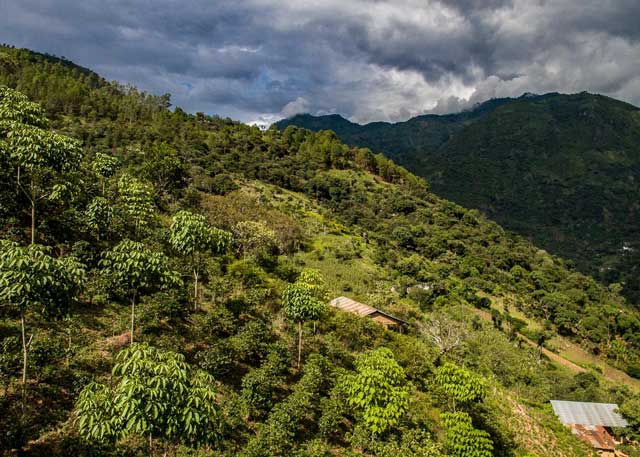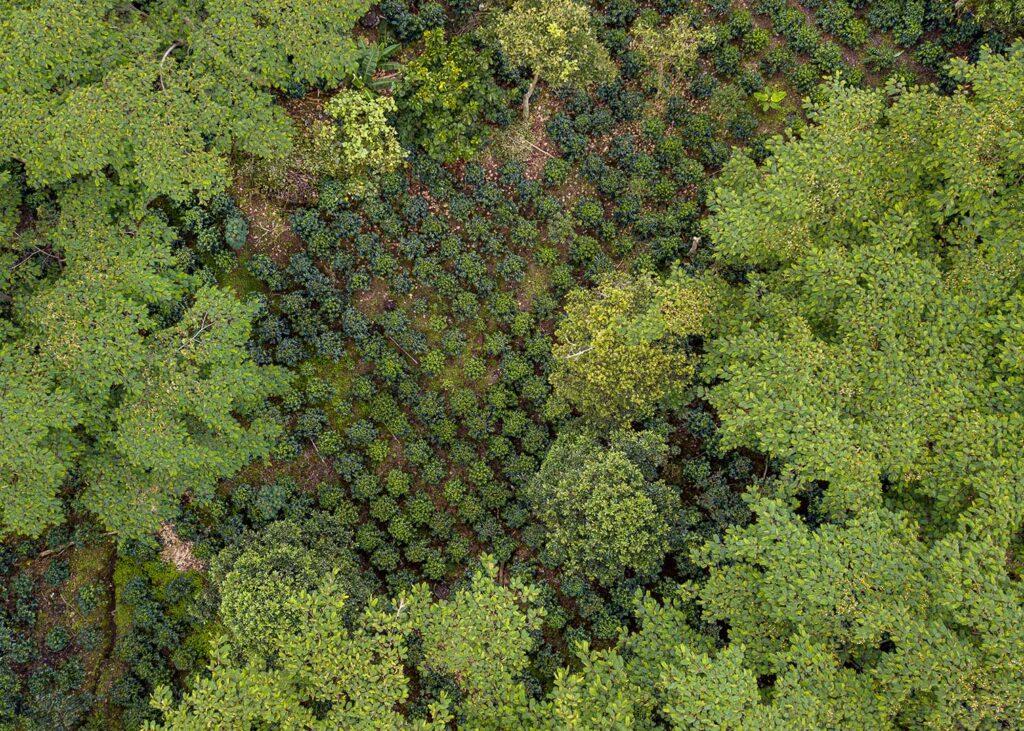1. Science Based Targets and GHG Protocol Land Sector Guidance
The most significant news of 2022 was the publication of two new guidelines for companies participating in the carbon sector: 1) Science Based Targets Initiative (SBTi) Forest, Land Use and Agriculture (FLAG) Guidance, and 2) Draft GHG Protocol Land Sector Guidance.
For the first time, formal guidance has been provided to companies related to land-use change and agriculture — supporting target-setting and valuation of impact for their Scope 3 activities. As agriculture, forestry and other land use represent roughly 24% of global emissions, clear methodologies are essential for achieving a lower-carbon future.
In particular, the impact of supply chain-linked nature-based actions were officially recognized within these guidances. These actions can now officially be leveraged as a method to reduce the global GHG footprint of companies with significant Scope 1 or 3 agriculture or land-use emissions. This was a much-anticipated acknowledgement, providing an effective and appropriate option for reducing agricultural emissions and achieving science-based targets, in line with a mitigation hierarchy approach.
While the release of these guidelines has significantly updated industry standards, there are still a number of fundamental details associated with the Draft Guidance that need to be clarified to realize the full potential of this methodology, including:
- The level of commodity traceability required to value impacts.
- The boundaries of what is considered to be within the scope of influence of a supply chain.
- Permanence measures and consequences for actors seeking to invest in long-term change.
In 2023, we will see the details of the GHG Protocol Land Sector Guidance finalized, after multiple rounds of industry engagement and pilot testing of the methodology. PUR is excited to actively contribute to this process and will be following updates very closely in the coming months.
2. Innovation in Technology-Based Measurement, Reporting, and Verification (MRV) of Ecosystem Impacts
As the carbon sector evolves, technological advancements are transforming the implementation of nature-based solutions. Such tools — including remote sensing, machine learning, and the Internet of Things (IoT) — have the ability to drive efficiency in the design, monitoring, and adaptive management of project performance.
MRV technologies are on the cusp of widespread innovation. Many individual components are already being used in the field, and you can expect to see increased connectivity to create holistic technological systems — vastly improving the depth and accuracy of data acquisition and analytics, while increasing the overall efficiency of monitoring methods.
Additionally, predictive analytical tools are becoming more practical and powerful, allowing companies to accurately determine the future benefits of nature-based projects on the environment and local communities. By using technology such as cloud computing and Internet of Things (IoT) to monitor project data in real time, field technicians are creating “positive feedback loops” that inform best practices, improve project outcomes, and continuously enhance the effectiveness of MRV tools.
In 2023, we expect to see greater integration of these technologies into project data acquisition and management, certification methodologies, and risk management.
3. Carbon Equity & Benefit Sharing
In 2021 and 2022, we have seen record carbon trade volumes. There have been significant and material increases in private-sector and public-sector commitments to Net Zero and Nationally Determined Contributions (NDCs). While there remains orders of magnitude more action required to limit global warming, we should still be excited by this exponential trend.
The market may not be moving fast enough to reach our global goals — yet we should still be concerned that the market may be moving faster than the methodologies required to ensure that local communities, who are key participants in global carbon projects, are provided with fair and equitable benefit sharing arrangements. These benefits should not only be predicated on current market prices, but also associated with market prices along the timeline of their participation (in many cases, 20+ years).
With the growth of investments in both insetting and offsetting, we should expect greater scrutiny of the integrity of these investments. They should provide material livelihood improvements to local communities, in step with the total economic value of the carbon services that they provide. In other words, a one-time investment into local communities is not enough — overlooking the considerable economic benefits that investors gain from carbon prices rising over time.
As a call to action, PUR would encourage project implementers, local communities, and investors to be cautious to ensure that carbon equity and appropriate benefit-sharing structures are established early within project designs. This will ensure that real and fundamental livelihood impacts of these projects can be realized.
4. Global Biodiversity & Nature-Positive Development
Hailed as a watershed moment for biodiversity, the recent United Nations Biodiversity Conference (COP15) has provided concrete momentum to what has historically been a slippery topic: how do we determine the impact of actions aimed at improving biodiversity?
While there is solid evidence that the current biodiversity crisis rivals (if not overshadows) the global climate crisis, methodologies for measuring its impact have remained elusive and underdeveloped. This hinders national and private-sector actors in setting relevant and attainable goals for supporting biodiversity.
While COP15 did not necessarily resolve these matters, it did publicly shine a light on the biodiversity crisis — which we anticipate will instigate the type of innovation, investment, and action that has been attained within the nature-based carbon industry. This is evidenced by the rapid evolution of concepts for nature-positive commitments and biodiversity credits.
With the momentum created by COP15, we hope that 2023 will be a milestone year for corporate goal setting and private-sector investment in biodiversity.
5. Evolution of Jurisdictional Approaches, Inventory Accounting, and Project-Based Accounting of Impacts
In 2023, as targets for carbon rapidly increase across the private and public sectors, we can expect more competition between the three traditional verticals in the carbon industry: market-based approaches, inventory accounting principles, and Nationally Determined Contributions (NDCs).
The carbon sector is starting to feel crowded as activity scales up. Governments are placing more importance on valuing their own carbon inventories, while companies with agricultural supply chains are implementing carbon-centric insetting programs, and traditional stakeholders continue to drive new project-based carbon volumes…
As these three approaches continue to evolve, how will they find synergies and define global attribution at the landscape level?
Without clarity on how carbon credits get attributed to each of these three verticals, developers and investors should seek to collaborate to effectively avoid double counting — which has the potential to create real risks to genuine and important initiatives that seek to leverage carbon markets to restore global ecosystems.
Next Steps
The nature of insetting and supply chain-linked interventions is rapidly evolving. The future looks bright, with several beneficial industry-wide changes in progress and on the horizon.
Previously, PUR hailed 2022 as the “Year for Insetting” — due to the particularly strong drive for private-sector carbon action. We see 2023 as the “Year for Integrity,” with companies making positive contributions to nature and local communities by committing to more long-term investments in ecosystem restoration.
What do you believe will be the biggest trends of 2023?



